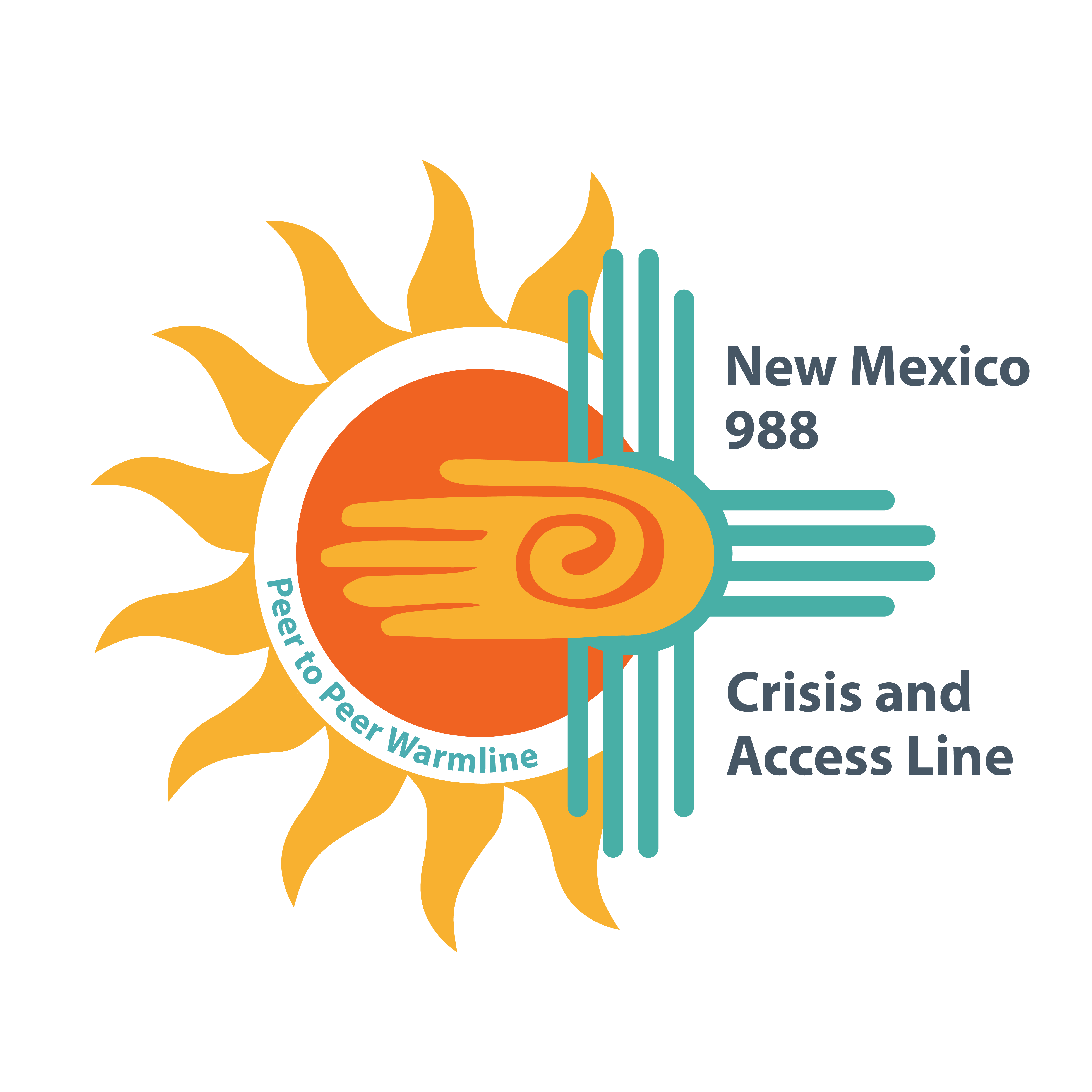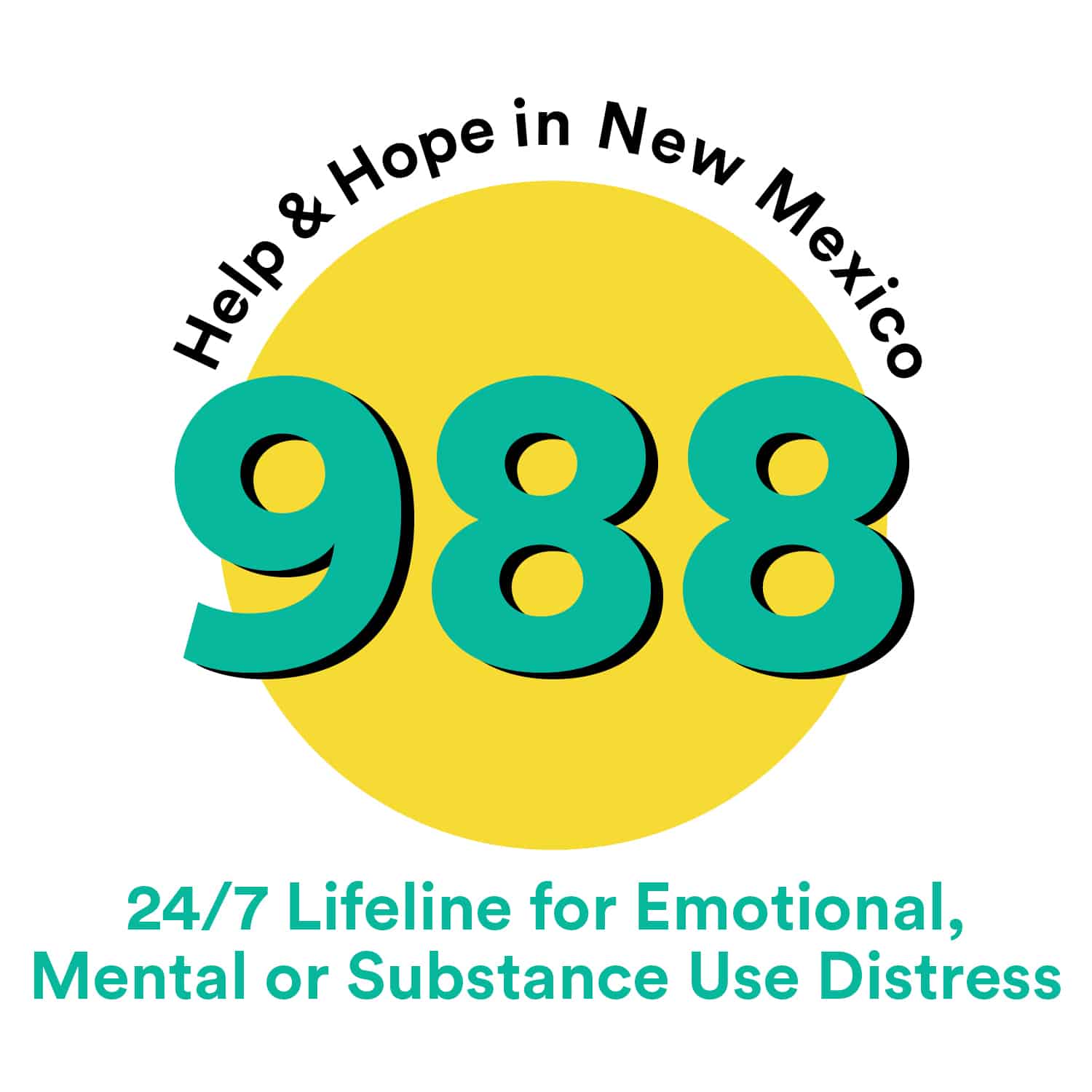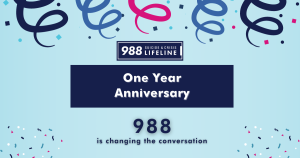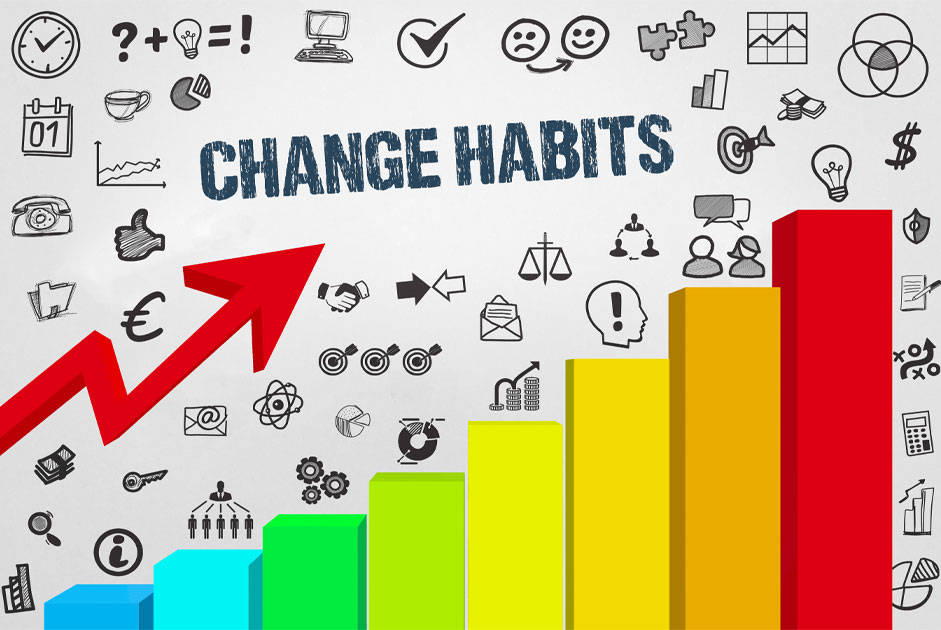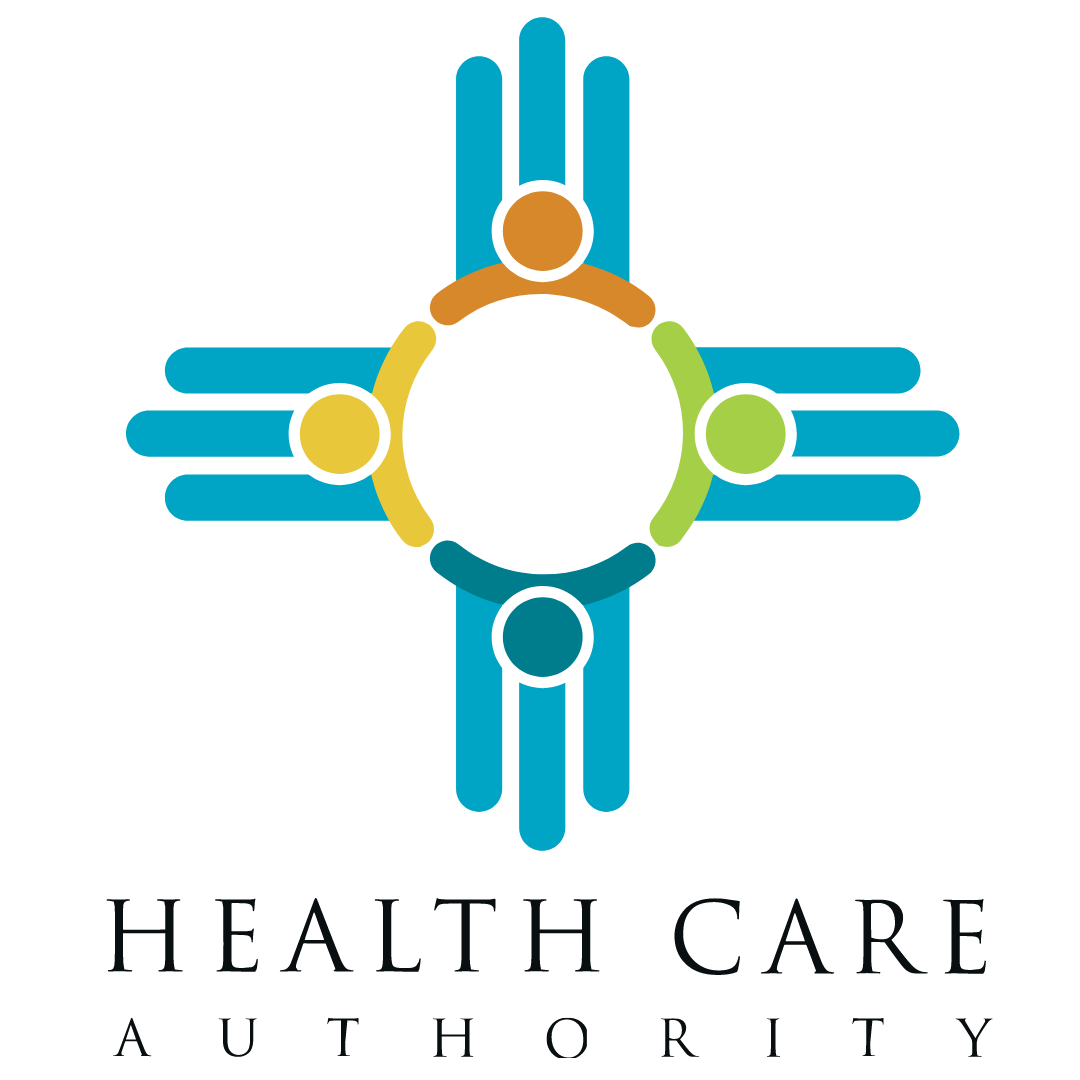988 serves as a universal entry point so that no matter where you live in the United States, you can reach a trained crisis counselor who can help. Calls, texts, and chats to the 988 Lifeline have increased significantly in the past year. People are getting support from a trained crisis counselor far faster than ever before. Help spread the word about 988 as an invaluable resource for all people who need help.
988 offers 24/7 access to trained crisis counselors who can help people experiencing mental health-related distress. That could be:
- Thoughts of suicide,
- Mental health or behavioral health,
- Substance use concerns, or
- Any other kind of emotion distress
People can call or text 988 or chat online at 988lifeline.org for themselves or if they are worried about a loved one who may need crisis support.
Too many people are experiencing suicidal crisis or mental health-related distress without the support and care they need, and sadly, the pandemic only made a bad situation worse when it comes to mental health and wellness in America.
There are urgent realities driving the need for crisis service transformation across our country.
In 2021:
- The U.S. had one death by suicide about every 11 minutes
- For people aged 10–14 and 25–34 years, suicide was the second-leading cause of death
- Suicide rates increased significantly among non-Hispanic Black & American Indian and Alaska Native people
- Nearly 900,000 youth aged 12-17 and 1.7 million adults attempted suicide
- About 107,000 people died from drug overdoses
Yet, there is hope. The 988 Lifeline helps thousands of struggling people overcome suicidal crisis or mental-health related distress every day.
Celebrating 1 Year of 988 Being Available Through a 3 Digit Call or Text
We are happy to see thoughtful, ongoing discussions driving meaningful action to strengthen our crisis care system. See how far the 988 network has come and what’s next at samhsa.gov/find-help/988/newsroom
Check out the 988 Partner Toolkit to facilitate efforts that can be done to create collaborative and aligned 988 communications.
- Key Messages
- Frequently Asked Questions
- Logo and Branding
- Social Media Shareables
- End Cards for Media
- More Resources
The 988 dialing code operates through what was formerly known as the National Suicide Prevention Lifeline. It is a network of over 200 locally operated and funded crisis centers around the country.
Congress designated 988 in 2020 and the Lifeline transitioned to the 3-digit number in July 2022. As a part of the federal government’s commitment to addressing the mental health crisis in America, unprecedented federal resources have been invested to scale up crisis centers in support of 988.
Transition to 988 is an important step forward and offers an unprecedented opportunity to strengthen and transform crisis care in our country.
While this is an exciting time to reimagine how we provide crisis services in the U.S., the full vision of a transformed crisis care system with 988 at its core will not be built overnight. Transformation of this scale will take time. That success depends heavily on state and territory support, so states and the federal government must all work together.
Transformation of this scale is never easy. The sustainable success of 988 depends heavily on the willingness of state, territorial, and local leaders to make additional investments in shoring up their crisis care systems. The federal government cannot do this alone.
We anticipate that 988 will continue to grow and evolve over the years, much the way 911 and emergency medical services have grown over the past five decades. We do expect a more rapid 988 transition to occur to meet the expected demand for 24/7 access to trained counselors who can help people experiencing suicidal, substance use and other mental health crises.
In the longer term, the vision for 988 is to build a robust crisis care response system across the country that links callers to community-based providers who can deliver a full range of crisis care services, if needed (like mobile crisis teams or stabilization centers), in addition to connecting callers to tools and resources that will help prevent future crisis situations. This more robust system will be essential to meeting crisis care needs across the nation. We envision a day when everyone across our country has someone to call, someone to respond, and a safe place to go for crisis care.
